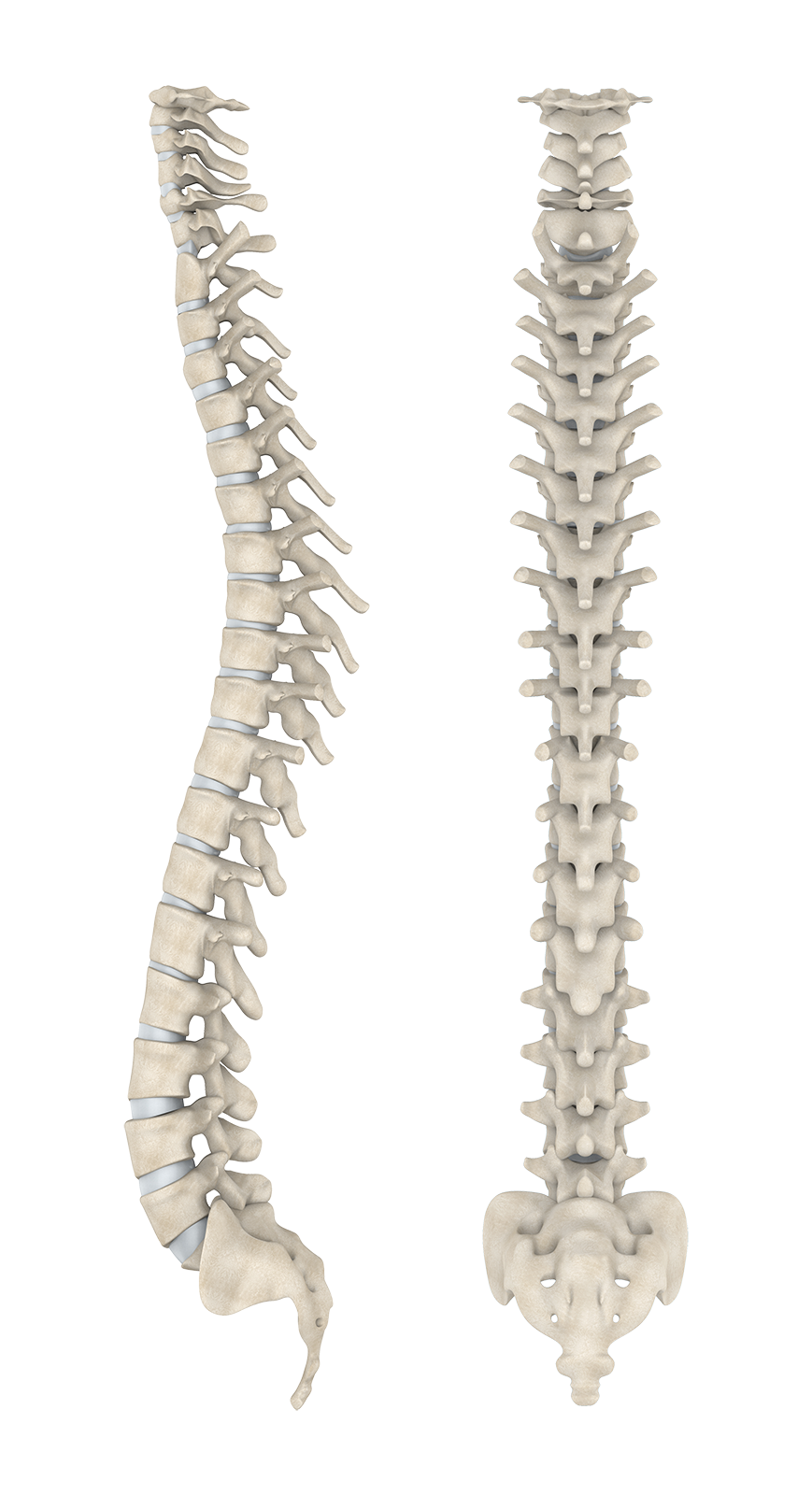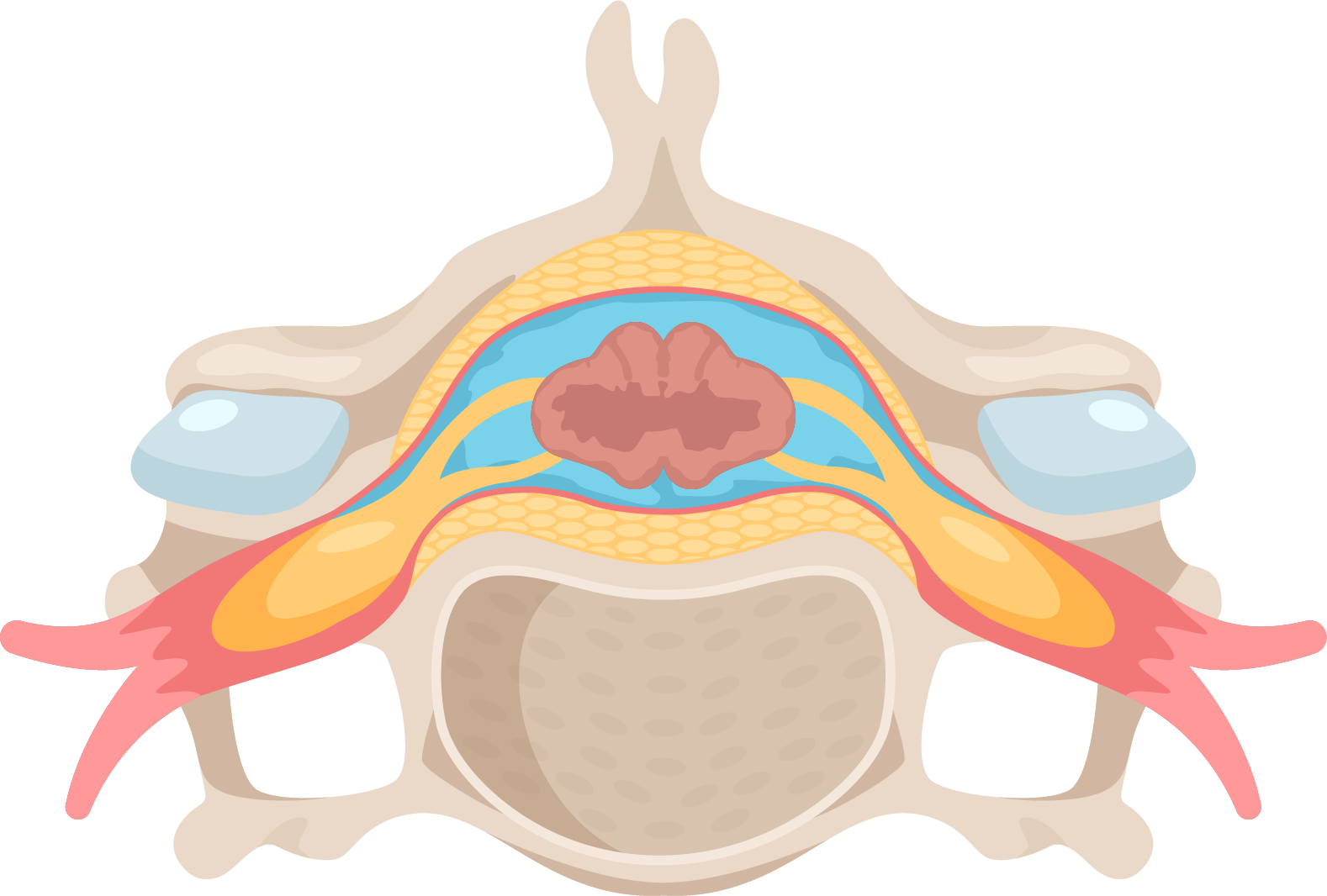Spinal Cord Injury
Spinal cord injuries can happen to anyone, anywhere, anytime
Spinal cord injuries happen doing everyday activities. Falls at home or work, traffic accidents, and sports can all result in a spinal cord injury.
Startling Statistics
New Zealand Spinal Cord Injury Registry Annual Summary Report 2023
- In 2023, 64% of spinal cord injuries recorded in New Zealand were the result of a traumatic event.
- 41% of traumatic injuries in 2023 were the result of slips or falls.
- Vehicle accidents are the leading cause of spinal cord injury in those under the age of 45 years.
- The average cost of care for each high-level tetraplegic is $212,000 per year.
- New Zealand has one of the highest rates of spinal cord injury in the western world. The associated rehabilitation and hospital costs are also among the highest for all injury types.
Traumatic spinal cord injury causes
Non-traumatic spinal cord dysfunction causes
The Spine
The spinal column houses the spinal cord and is often referred to as the vertebral column. This vertebrae are classified in five segments as detailed on the diagram.
The Spinal Cord
The spinal cord is part of the nervous system and runs the length of the back, extending from the base of the brain at the medulla to about the waist at the conus medularis. The spinal cord is housed within the spinal column.
Within the column, the cord is surrounded by cerebral spinal fluid. This fluid acts as a buffer to protect the spinal cord from damage sustained by striking the inside of the vertebral column.
Spinal Cord Function
Firstly, it connects a large part of the nervous system to the brain. Nerve impulses are transmitted to the spinal cord through sensory neurons. These impulses are then transmitted by the spinal cord to the brain. This pathway is known as the ascending tract of nerves. In the reverse process, impulses are generated in the brain, which are transmitted down the cord and leave by the motor neurons. This pathway is known as the descending tract of nerves.
Secondly, the spinal cord acts as a co-ordinating centre in order to produce simple reflexes such as the withdrawal reflex.
The area within the spinal column beyond the end of the spinal cord is called the cauda equina. The nerves that branch out from the spinal cord to the other parts of the body are called lower motor neurons and dorsal root sensory neurons.
Spinal Cord Injury
Complete injury
The spinal cord is damaged across the whole of its width so that there is no function below the level of injury.
Incomplete injury
The injury does not spread across the whole of the spinal cord; some areas away from the injury remain intact or at least intact enough to retain some function. People with incomplete injuries have some sensation and/or movement control below the level of injury.
The Spinal Cord Injury
Iceberg
A damaged spinal cord not only means losing control of your muscles, but also deprives you of the sensations of pleasure, touch and pressure, the control of bladder and bowel, and sometimes the ability to breathe unaided. Those paralysed often suffer constant burning, neuropathic pain in some areas of the body where they otherwise have little or no feeling.
This is what is known as the SCI Iceberg where not being able to move is only the tip of the problem.


